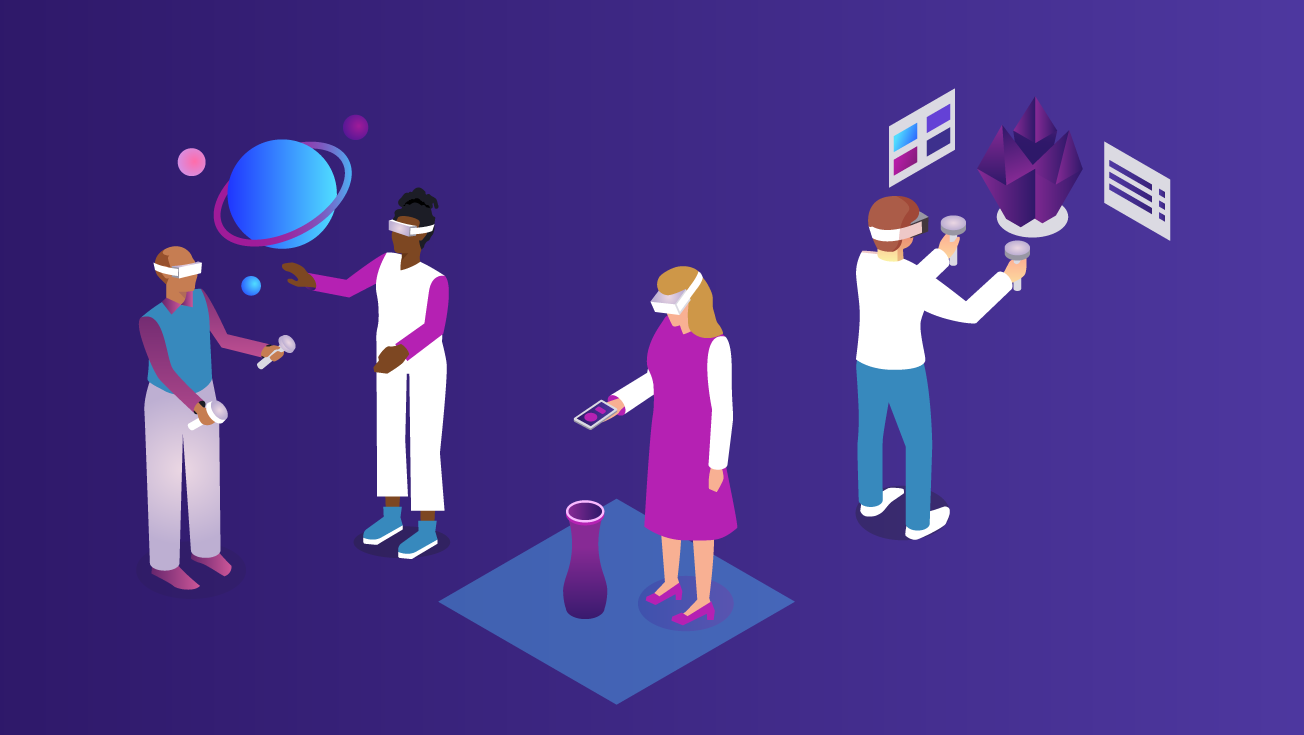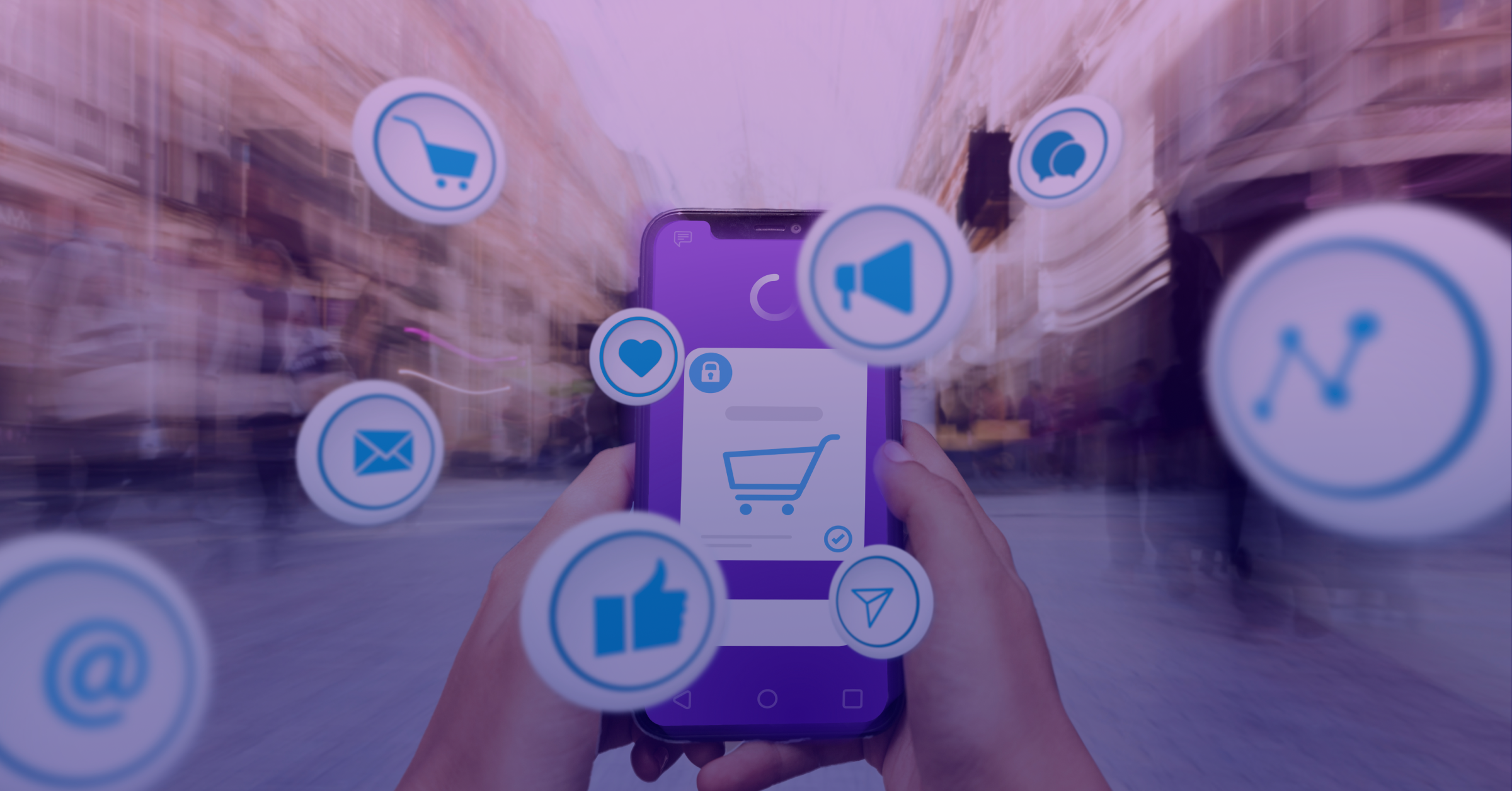Here's Everything You Need to Know About the Metaverse

TL;DR: The key aspects of a Metaverse are:
- Social elements and shared multiplayer experiences: gaming, chatting, and events
- Digital personal Identity (avatars, clothing, emotes, etc.)
- Digital Currency
- Digital Goods (possibly with artificial scarcity, like NFT’s)
- New content regularly
- User-Generated Content (UGC)
- Real-world tie ins: Movies, fashion, advertising
- Platform Ubiquity: PC, mobile, messenger apps, game consoles, web browsers
The hot topic of today is the concept of a Metaverse. Fresh off their successes with the Oculus Quest 2, Facebook has announced that they will rebrand the company to Meta and plan to spend $10 billion and add 10k staff to help build their Metaverse. So, what is a Metaverse?
Some see the Metaverse as the next phase of the internet—one with shared digital spaces that users occupy that allow them to interact with each other, play, shop, and have a digital identity. This concept isn’t exactly new and has been attempted in the past with services like Second Life, however, the current usage of the term Metaverse owes much to the success of platforms like Roblox (currently at a $48 Billion market cap), Fortnite, and a lesser extent, Minecraft.
These game platforms have been extremely successful at monetizing their internal economies and keeping users engaged daily—both playing and generating content that feeds their continued growth.
The Metaverse: More Than Just Gaming
Technologists envision the Metaverse as more than just a gaming platform—to be sure, Facebook/Meta envisions the Metaverse as something that spans all devices and all contexts—both for business and play. People would use it to collaborate at work, communicate with friends, play games, and shop. It’s not necessarily one application, but an interconnected system of apps that work together to provide a common feature set.
As we think about the idea of a Metaverse, certain characteristics may or may not be included. Some will excel in certain areas and others will likely follow, building on best practices and gravitating towards the ideas that have the most proven success.
This post helps lay out some general concepts and where applicable, ideas for brands and companies considering dipping their toes into the technology du jour.
Digital Identity in the Metaverse
A key aspect of Metaverses is that they give you a digital identity, usually in the form of a 3D avatar. The Metaverse may not ultimately be one application but having a representation of yourself that you can use across different experiences will help create a sense of digital identity. You’ll be able to purchase clothing and accessories for your avatar and maybe even sport digital versions of popular real-world fashions.
Some platforms let you buy dance moves, emojis, and other forms of self-expression. Online gaming has proven that people are willing to spend real money to look better in the eyes of their peers, and it’s only a matter of time before you can do the same on social media, or even with your work avatar. These could present new opportunities for advertisers looking for new ways to get their products in front of people—already brands have replicated physical objects in the virtual space.
Meta and Microsoft have both launched workplace collaboration tools in Horizon Workrooms and Mesh, which allow coworkers to choose avatars to represent themselves as they desire, without worrying about ring lights or clean workspaces.
Commerce in the Metaverse
But of course, buying things requires money. Most Metaverses will have their own currency (paid for with real dollars). Future Metaverses may use cryptocurrency which has the benefit of not being tied to a single platform. Whatever that ends up being, digital currency allows you to purchase things with low friction and no pesky credit card fees (which end up making it unprofitable for platforms to do small transactions).
On the downside, using digital currency makes it more opaque for users to know how much they are spending in real-world terms. Plus, some platforms make it hard to ‘cash out’ and turn your digital currency back into dollars.
Some of this digital currency may make it back to the creators, but most brands likely aren’t looking at the Metaverse as a distinct revenue channel—not just yet. Having a presence in the Metaverse or hosting an event in the Metaverse is an opportunity to connect with technology early adopters in fun and exciting ways.
Constantly Evolving Experience
But, spending money on avatars is pointless without something to do and reasons to keep coming back. Roblox offers thousands of experiences, most of which are created by users who can earn Robux (Roblox’s currency) from people playing them and spending Robux on in-game items. Fortnite similarly has its’ signature Battle Royale mode but also now allows user-created game modes and worlds. In all of these experiences, users have the same avatar, proudly displaying their purchased clothing or skins to anyone they play with.
Both platforms have also started offering live in-game concerts with big acts like Arianna Grande, Travis Scott, and Marshmello. Fortnite also offers unique avatar skins for attending these events, which helps promote the acts themselves and drives attendance. Having these events makes the platform feel more like a shared social experience and gives users more reasons to log in, other than playing competitive multiplayer games. One could also imagine adding sports and movies that you can watch with your friends.
In the physical world, experiences are often curated to create unique in-person experiences—think about the classic store experience, the high-profile collaborations or pop-ups, or the sponsored experience at a conference. These may be difficult to change regularly and may see limited foot traffic, no matter how enticing a destination a brand may create.
In a digital space like the Metaverse, it’s much easier to make unique experiences and to evolve, reshape, and add to existing experiences. Fortnite, for instance, regularly updates its game modes and adds seasonal content and new activities. Roblox encourages user-generated experiences, which creates a constant stream of new material that keeps users coming back and creates social media fodder to drive demand.
Promoting Real-World Products in Metaverse
The Metaverse isn’t just meant to be about the virtual world. Fortnite recently ran a high-fashion collaboration with Balenciaga to offer avatars sporting wares designed by the brand. The avatars themselves have also made real-world appearances on billboards across the world. Fortnite also regularly offers avatars from popular movies and TV shows like "Superman," "Venom," "The Walking Dead," and "Rick and Morty." So, virtual goods can help promote their real-world counterparts.
Aside from the monetary benefits, these deals also benefit the platform’s brand by making it feel like a place where different worlds and fandoms can come together, and users are happy to make these properties part of their own personal brand.
Brands and advertisers will be seeking out ways to engage and interact with the Metaverse, whether they look for the high-profile sponsorships that have made headlines recently or just as creators or consumers within the world.
So Why the Hype About the Metaverse?
Metaverses may be popular now because life is becoming more digital as time goes on. More businesses are becoming completely digital, and we conduct more of our affairs online and on our devices than ever before. This digital transformation has also been accelerated by the COVID-19 pandemic. The Metaverse represents a digital future that moves beyond what can be natively done on the web—it’s spatial (content is 3D), embodied (users have a digital representation of themselves), and multi-user (you can experience it with other people).
With several generations of improvements and with affordable and capable VR headsets available now, the barrier to entry continues to become lower. AR glasses are rumored to be in development by Apple and there are several other companies with mature offerings as well such as Microsoft’s Hololens, Magic Leap’s ML2, and NReal’s glasses. Many in the industry see these devices as offering a way to present a brand new medium that will eventually supplant 2D media in much the same way that motion pictures moved beyond what could be done with radio.
The immersive nature of these platforms makes social experiences, multiplayer games, and collaboration much richer and personal. But to take full advantage of them requires much more interoperability and features that are still evolving, such as having a persistent avatar across different apps, being able to join friends in their experiences on different platforms, and having more 3D content.
The Future of the Metaverse
Driven by the financial success of existing platforms, many companies are talking about the potential of building their own Metaverses. A Metaverse gives you a digital identity, digital money, and digital items to buy and has been shown to build massive audiences by driving loyal and engaged fans with immersive experiences.
Being a successful Metaverse depends on keeping users coming back and that means providing fresh experiences daily, while also giving users the tools to create their own worlds and experiences, and maybe even businesses. Tech-forward brands, celebrities, and services are considering how and where to get engaged and carefully balancing the pros and cons of virtual worlds.
"The Metaverse" as a concept will continue to evolve as huge companies like Meta and Microsoft invest resources to bring VR and AR experiences to life. The future Metaverse may become an open and interoperable set of protocols and services like the internet itself or a walled garden like many platforms are today. In either case, it’s never too early to start thinking about how to get involved and stay ahead of the game.
This post comes from the Bounteous Innovation Lab, tasked with exploring technologies and trends that can help our clients improve user experiences, attract new customers, and foster creativity and collaboration.


